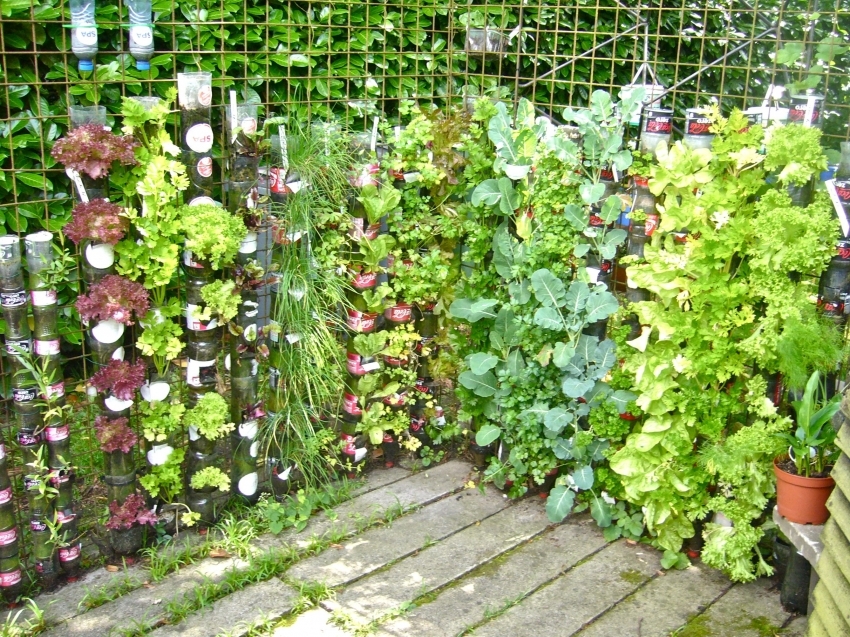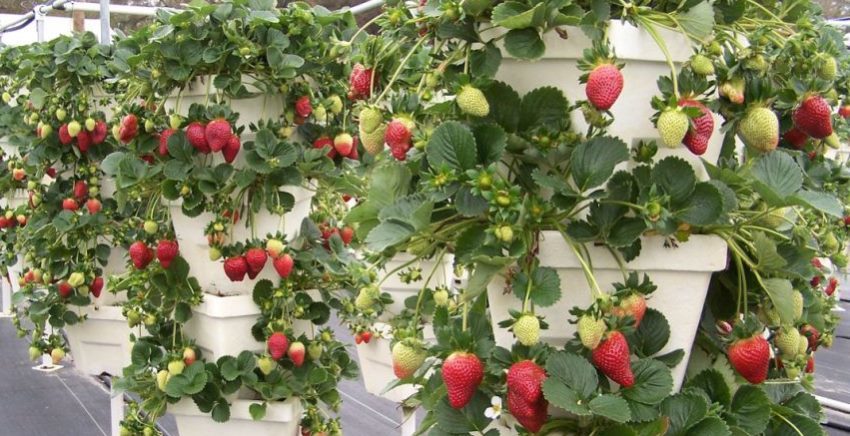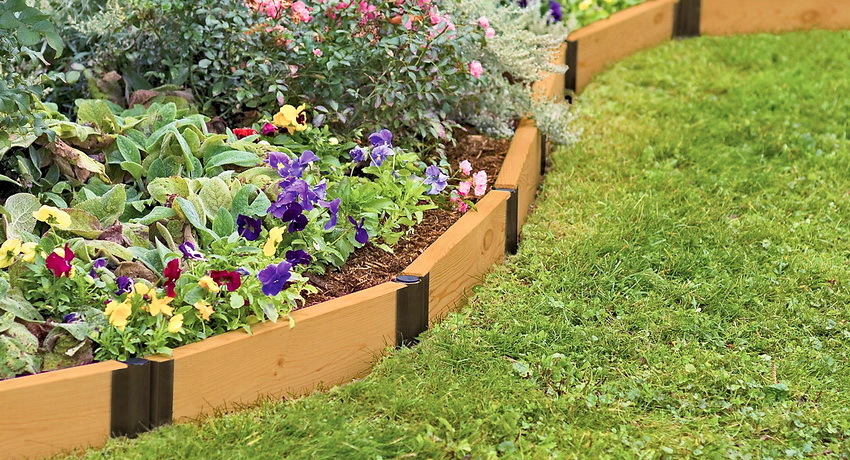This flower is known and under other names - "autumn lilac", "butterfly tree".Budlei grows on many continents and has more than a hundred species - shrubs, herbaceous plants. Not all of them are suitable for breeding on the territory of the Russian Federation, but some, for example, David, Pink, Red Royal, Delight, Alternate-leaf, Peple Prince and a number of others are well established and develop on our gardensites.
All the features of planting, the specifics of care for the open space in the open air will be described in detail in this article.

Choosing a landing site
Budlei is thermophilic and does not like drafts. That's what we need to start from first. The segment of the territory where the plant is to be planted should be sunny and covered from the wind at the same time. Therefore, the best place for budleya - along the fences( buildings), from their most lit side.
If the site does not meet these requirements, then the planting site will have to be prepared specially. Most often, a pit( approximately 35 x 35 cm) comes off, a layer of drainage( about 10 cm) is poured into it, and a prepared soil mixture is loaded from above.
Recommendations:
- Budlei does not like excess moisture. Therefore, the plant should not be planted in a damp soil - when preparing it in this plan it is necessary to observe the measure.
- When planting several budlery seedlings in a row, the distance between the roots is about 40 - 50 cm( depending on the variety, the interval may be somewhat different).
Preparation of materials
Propagation( planting) of the budlea is performed either by cuttings( a simpler procedure), or seeds. But regardless of the chosen method, it is necessary to prepare already in the autumn, with the exception of one option.
Cuttings
Method 1. Budlet curls are prepared in advance only if cuttings already lignified. Storage for winter is organized in a cool room, in which the temperature does not drop below 0 ° C.As a rule, this is a cellar.
Method 2. Green shoots are cut off, and immediately they are planted in prepared soil. But since the process of adapting( rooted) budlei takes at least 2 months, it is not recommended to make this landing in August this way.
Seeds
In order for them to grow well, they are placed in well-moistened soil, after which they create a "greenhouse effect" - they are covered with glass or plastic containers. The task is to create a closed but well-lit space. You can use, for example, a glass jar, a trimmed plastic "one and a half".The outgrowth budlei germs already need air flow, so you can make holes in the plastic, and clean the glass regularly, gradually increasing the airing time.
This is one of the components of plant preparation for planting in open ground, to natural conditions. At the same time, one should not forget about the detrimental effect on drafts of drafts. Strong shoots( when a couple of leaves appear) are transplanted into a prepared container, where they continue to grow and develop until the spring.
Planting time
 A few days after the last frost. This is necessary in order for the soil to warm up sufficiently.
A few days after the last frost. This is necessary in order for the soil to warm up sufficiently.
Landing
Partially this has already been said. Seedling budlei is buried so that the root neck is level with the ground level. After the initial irrigation, the stems are filled with mulch( needles, sawdust, compost and the like).
Features of care
Watering
You should not abuse this. Enough for a bush budlei about 1 bucket with an interval of a couple of weeks. In hot weather - somewhat more often.
Top dressing
 To be guided should be on the formulations( preparations), which can not be better suited for a certain period of development of the budle. During vegetation, the first fertilizing is carried out, and the emphasis is on nitrogen fertilizers. They help the plant regain strength after wintering and promote its intensive growth.
To be guided should be on the formulations( preparations), which can not be better suited for a certain period of development of the budle. During vegetation, the first fertilizing is carried out, and the emphasis is on nitrogen fertilizers. They help the plant regain strength after wintering and promote its intensive growth.
The second time fertilizers are introduced usually in the 2nd decade of July. Since budleja is preparing for flowering in this period, phosphorus and potassium should predominate in the formulations. At the same time, organic material is used - pure humus, wood ash or compost prepared in pits( boxes).
Next - periodically, depending on local conditions. As already mentioned - David's budlea is unpretentious, and if the plant is not used as a fertilizer, it will not perish. But here about the lush, spreading bushes and bright colors will have to be forgotten.
Pruning
The flowering period lasts about one and a half months, and the dried buds constantly appear on the bush of budlei, changing the color of panicles. That's them and you need to carefully cut( but do not break!).
Before the onset of cold weather, do not be afraid to cut the branches to the maximum. After wintering in the ground, even a small budlet bud can provide young, healthy shoots.
Preparation for winter
The root system of the plant must be insulated. In regions with severe winters, it is useful to wrap up the entire bush. It is cut so that the excess above the ground is 15 - 20 cm. This will hide the stalk and root system in any convenient way - a wooden frame + roofing paper, a box or something like that. Who was engaged in growing roses, knows how to do. The only condition is to provide little access to the air, otherwise the plant will rupture during the winter.
Budlei is practically not susceptible to disease, unlike most other representatives of the flora, so the issue of combating its ailments is not considered.





